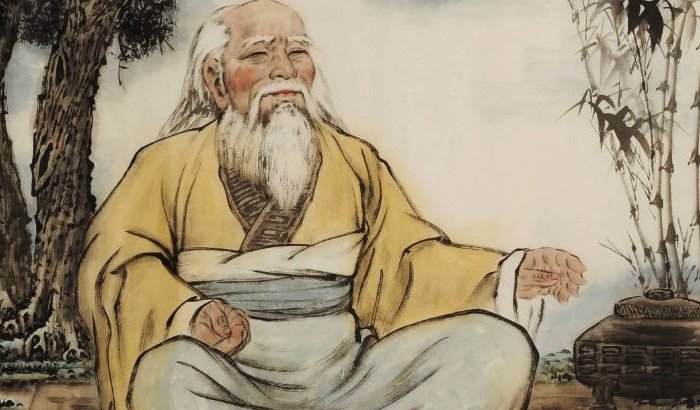

He was ordained a monk at the age of 14, and urged by Huizhi to strictly follow monastic discipline (Vinaya). View history The hexagrams of the I Ching in a diagram belonging to the German mathematician philosopher Gottfried Wilhelm Leibniz 1 The I Ching book consists of 64 hexagrams. He left his family at the age of 7 to live in a Buddhist monastery, where he studied under two monks, Shanyu (d. Throughout what we know of Chinese history, the rulers of China, as well as the general public, used the I Ching - even before printing was available. I Ching was born Zhang Wen Ming in 635 in Qizhou (modern Shandong province). Its first interpretive text was composed around 1000 B.C., though its oral tradition dates back much further, and there are many legends surrounding the origins of the ancient Chinese oracle.Īmong the myths that surround the I Ching's discovery and early history are stories of an ancient Chinese emperor who discovered symbols on a turtle's back another about a clan of female diviners who read the shells of live turtles and became queens of the Shang Dynasty and the Taoist/Confucian tradition says that juxtaposing a set of the possible permutations of Yin and Yang with elements of Chinese creation mythology produced the foundation of the I Ching. The hexagram has six lines, either solid (called unbroken or undivided) or with a single dash (called broken or divided).


You will select one of these the most popular method is to use three coins. It has been in continuous use for over 3,000 years. It's one of the classic ancient Chinese texts, and it's also the oldest of all the classical divination tools. The I Ching is an ancient Chinese book of divination and wisdom. When Did I Ching Begin? Explore the history of the ancient Chinese oracle


 0 kommentar(er)
0 kommentar(er)
